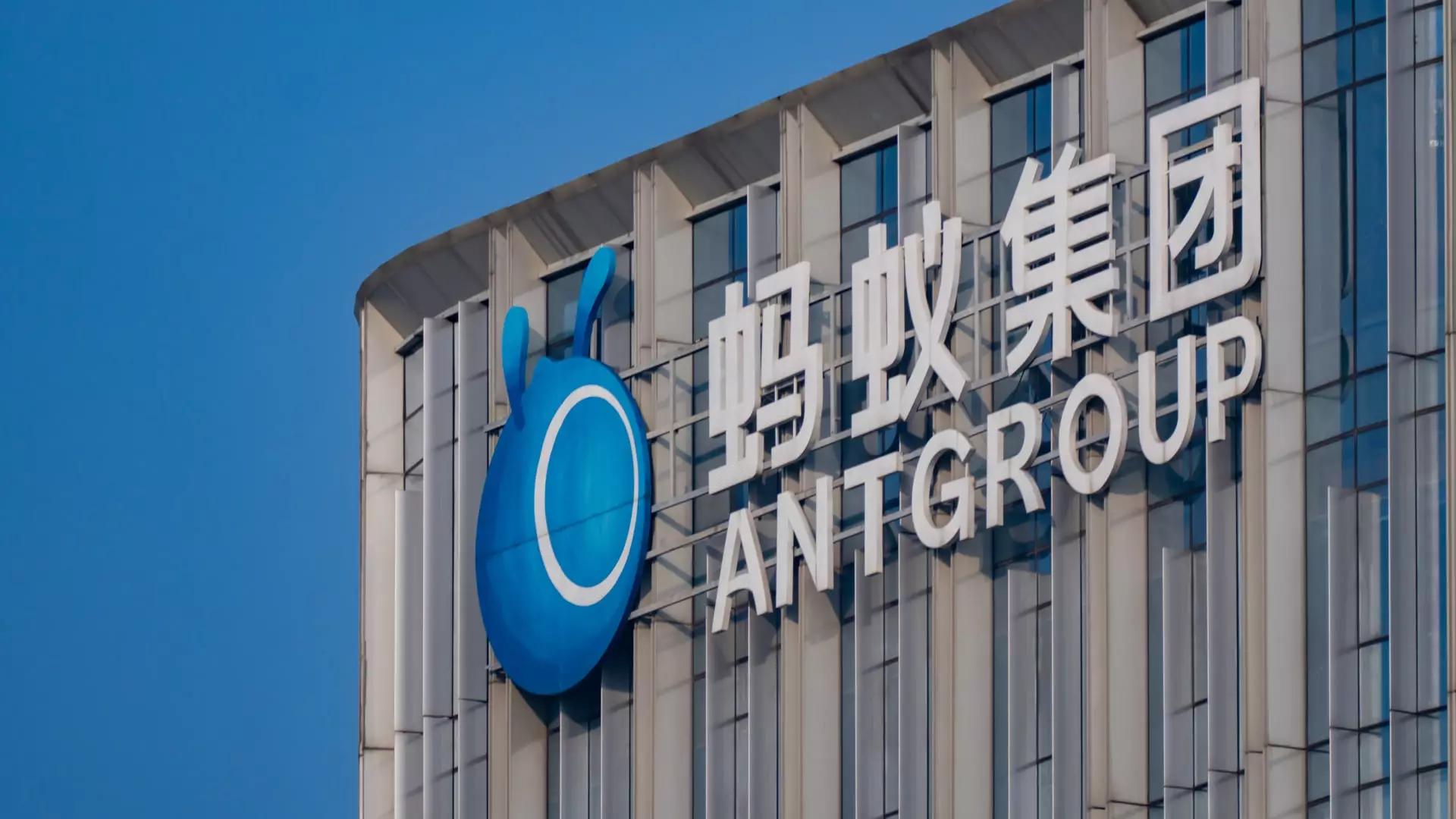Ant Group, a powerhouse in the realm of fintech, is positioning itself as a critical player in artificial intelligence by leveraging a blend of U.S. and Chinese semiconductor technologies. This strategy not only demonstrates the company’s robust innovation curve but also its ability to adapt to geopolitical tensions and supply chain challenges. By diversifying its chip sources, particularly with the use of both Nvidia and alternatives like Advanced Micro Devices (AMD) and proprietary chips from Alibaba and Huawei, Ant encapsulates the essence of economic pragmatism in a tumultuous environment.
Mixture of Experts: A Game-Changing Technique
A striking highlight of Ant’s AI model training is its adoption of the “mixture of experts” (MoE) approach, a strategy that arguably signifies a shift in the landscape of AI development. This technique allows Ant Group to train its models with significantly less computational power while improving efficiency—a clear counter to the notion that more compute power always equates to better performance. By focusing on cost-effective methods that can reduce computing expenses by up to 20%, Ant is not just cutting costs; it is also redefining the parameters of AI capabilities to make them accessible for a broader range of applications, particularly in healthcare.
Healthcare Innovations: A Step Towards Real-World Applications
Ant Group’s commitment to revolutionizing healthcare through AI is perhaps its most ambitious undertaking. With its recent upgrades applied in prominent hospitals across sprawling urban centers, the integration of advanced AI models into patient care is not merely about technology; it’s about fundamentally transforming how healthcare is delivered. By enabling its AI to handle medical inquiries, improve patient services, and streamline operations, Ant demonstrates a commitment to social responsibility, showcasing that technology can amplify human efforts in critical sectors. This is a commendable approach that prioritizes societal benefit alongside profit margins.
Navigating Geopolitical Challenges with Forward Thinking
An underlying narrative of this corporate strategy is the increasingly hostile landscape surrounding U.S.-China relations, particularly concerning tech innovation. The U.S. has implemented restrictions aimed at curbing China’s access to cutting-edge semiconductors, a move reflective of broader concerns about the technological arms race. However, Ant’s ability to pivot towards a diversified supply chain—utilizing both indigenous technology and established international firms—illustrates not just resilience but foresight. It begs the question: should one be wary of technological supremacy or applaud a model that embraces collaboration across borders?
The Future: Optimism in Adversity
Ant Group’s inclination to innovate amidst these constraints fosters a climate of ingenuity that other firms should aspire to replicate. The blending of various chip technologies and computing strategies is emblematic of a broader trend where adaptability trumps reliance on singular sources of technology. In an increasingly interconnected world fraught with unpredictability, it’s this type of agile thinking that can yield growth and enhance service delivery across sectors. As companies like Ant continue to forge new paths in AI, the implications serve as a reminder that the future of tech may not solely depend on who has the biggest chips but rather who can utilize them most effectively.

